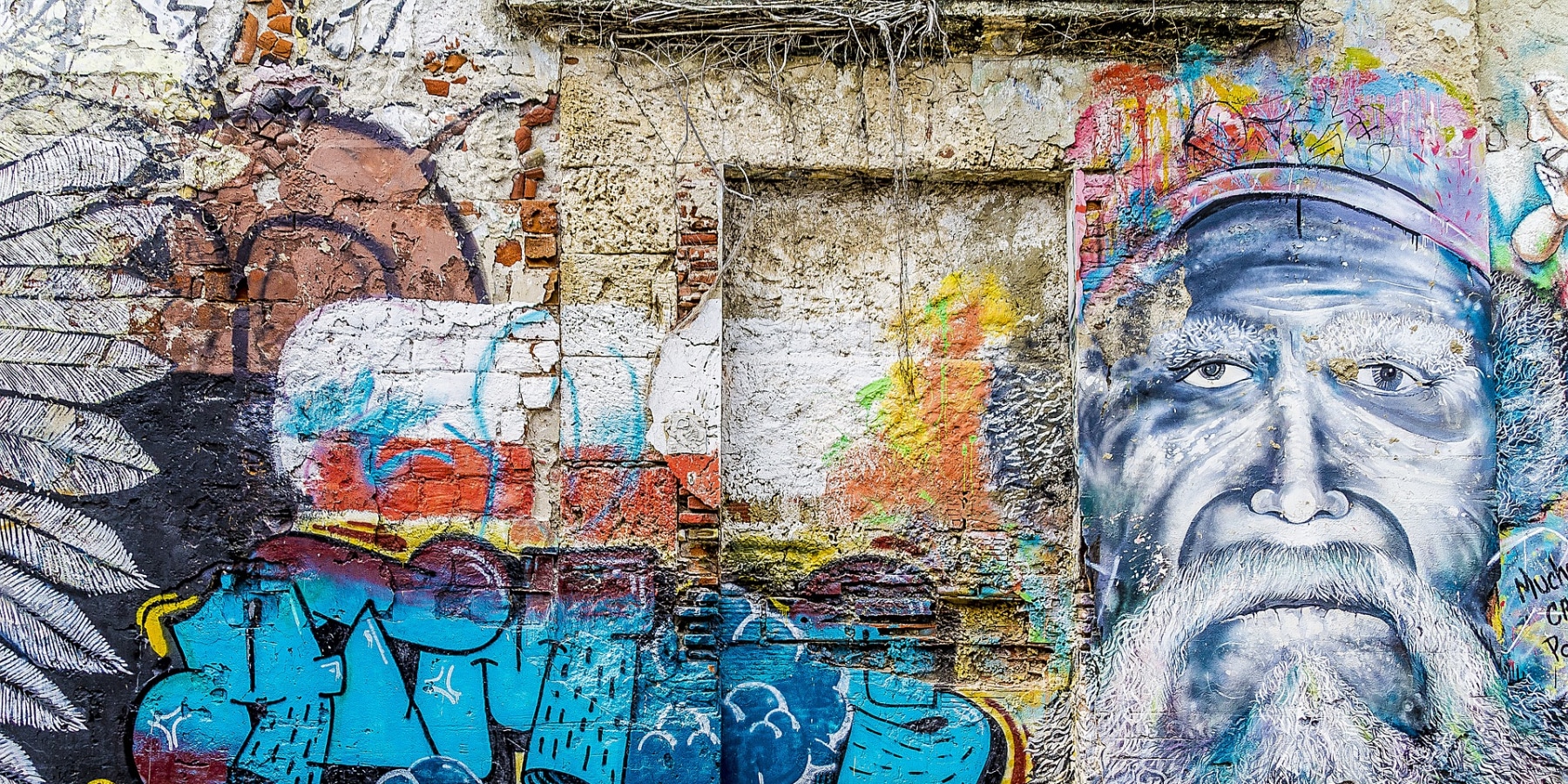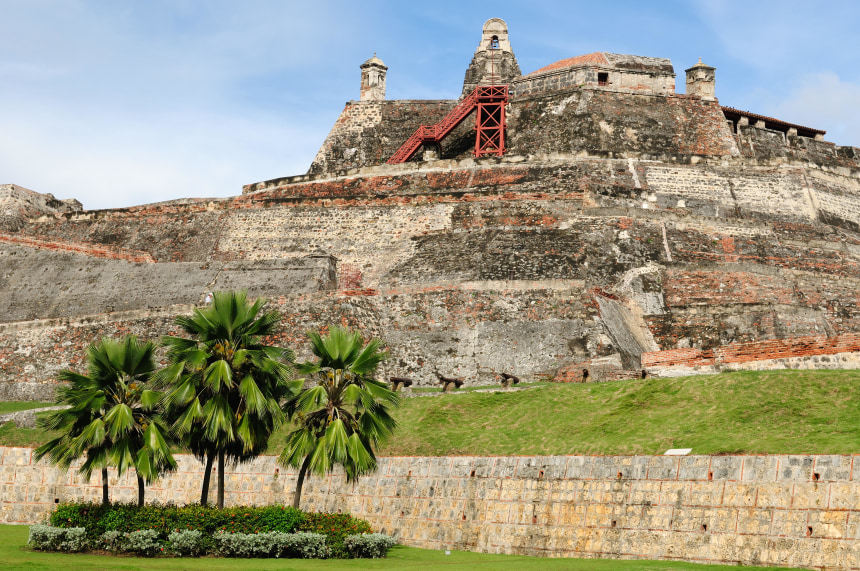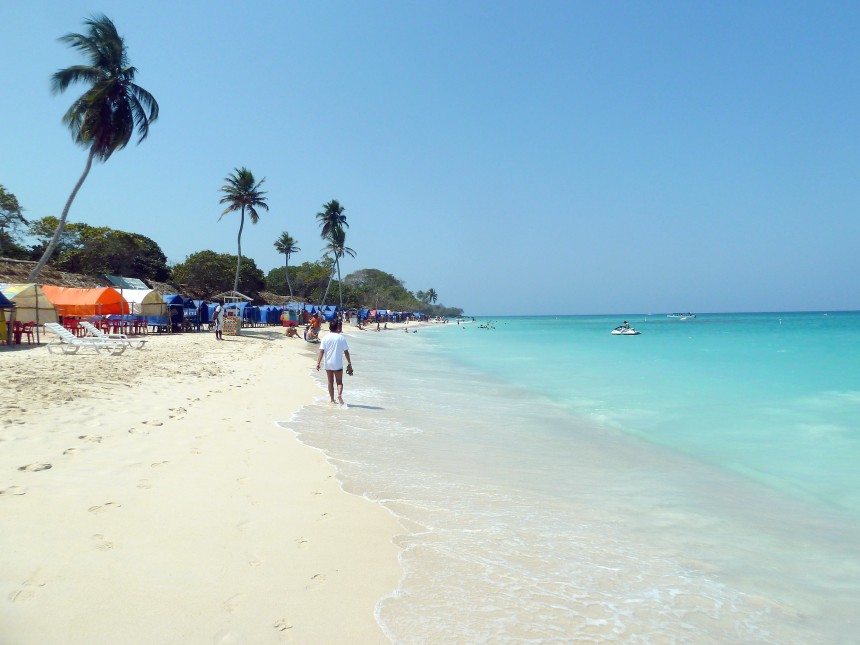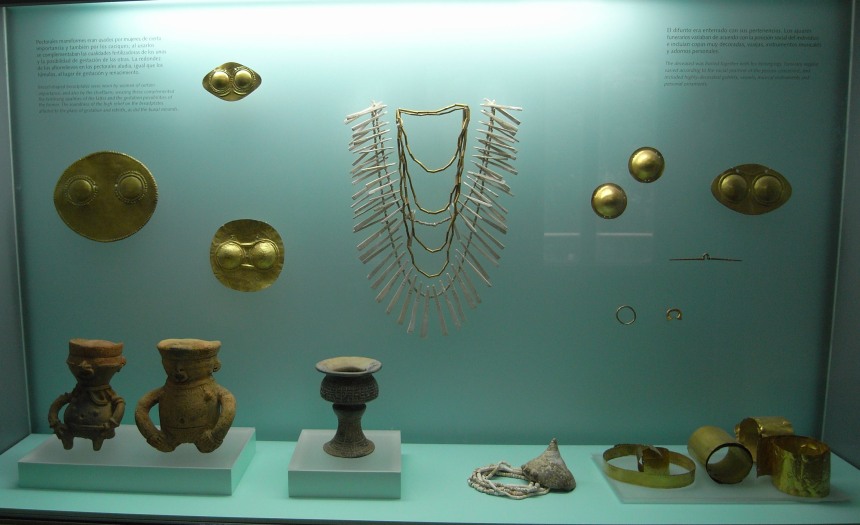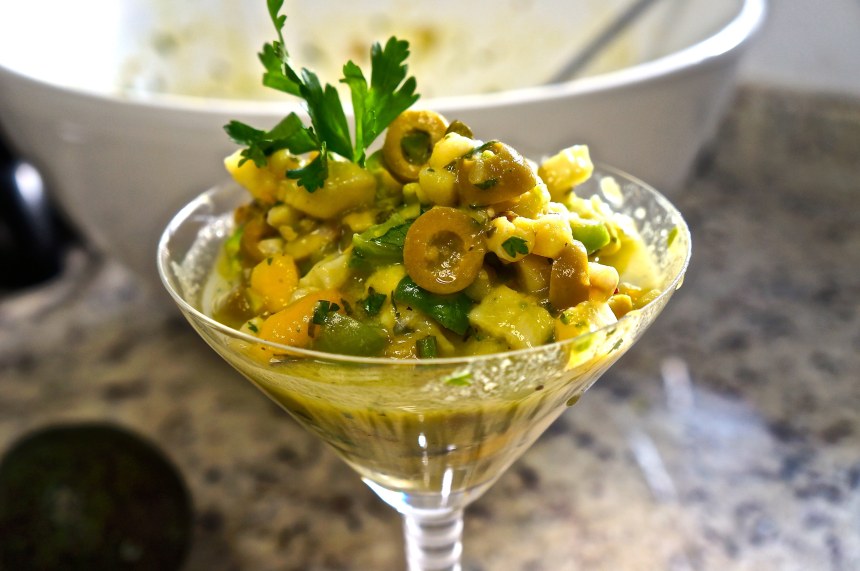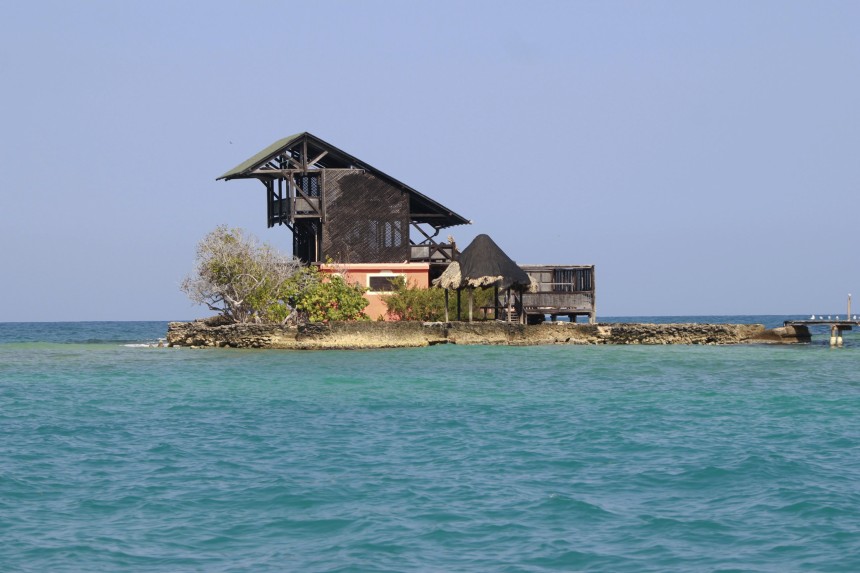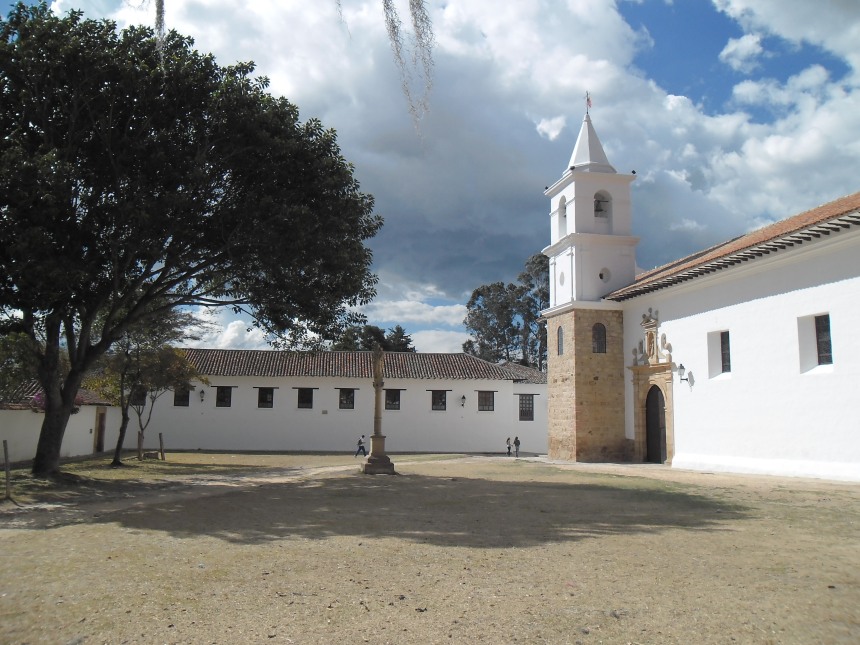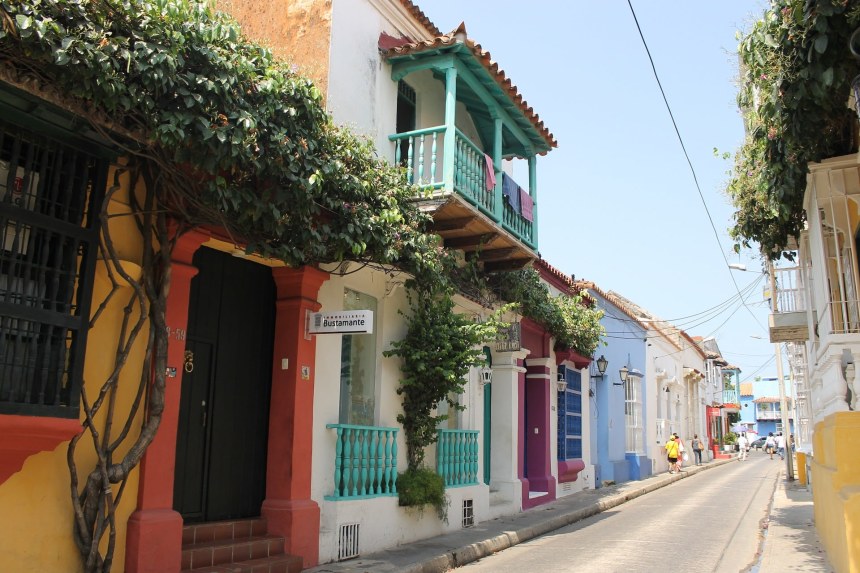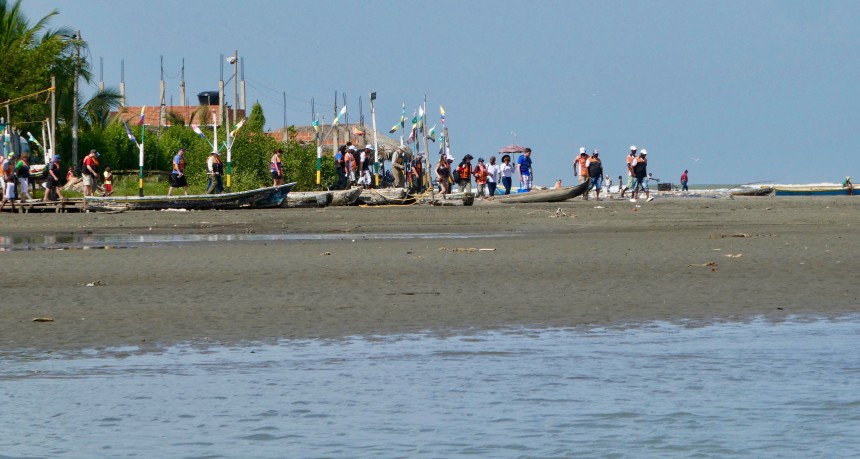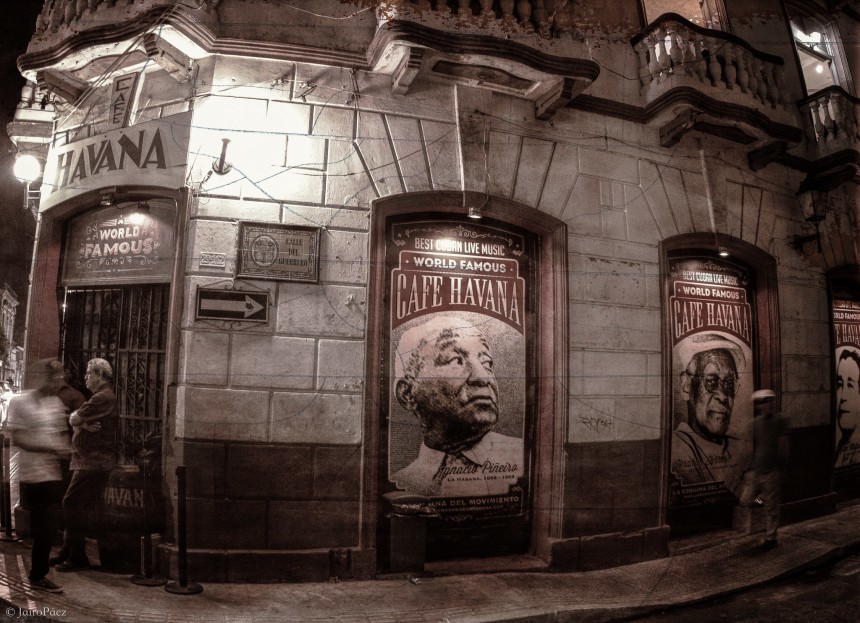| 6 mins read
By Diane Wuthrich
Located on Colombia’s Caribbean coast, Cartagena is a romantic city filled with incredibly intact natural and manmade wonders; a perfect destination to create unforgettable memories. Travelers, from all over the world, visit Cartagena to experience a world where history is still alive; colorful colonial buildings have stories to tell, the beaches are beautiful as ever, the culture is contagiously vibrant, and passion is in the air.
However, it’s only by visiting the city’s most fascinating attractions, that you can truly understand why Cartagena has captured the hearts of many.
1. Take a journey back in time and experience 16th-century Colombia.
The Old Town is the heart of Cartagena, a walled city where a magnificent fortress was built with the intention of protecting its inhabitants against storms and pirates. Exploring these walls is best done with the help of a friendly local guide who can unveil some interesting historical facts about the colonial buildings, convents, churches, and plazas that have made Cartagena what it is today.
2. Relax at the breathtaking beaches of Playa Blanca.
Playa Blanca has earned the reputation of being one of Colombia’s most beautiful beaches. Once you get there, you’ll understand why. Playa Blanca can be reached by taking a 45-minute boat ride to Baru Island from the Cartagena Port. Playa Blanca’s beaches have all the trimmings of a postcard-perfect island paradise; crystal clear waters and powdery white sand that invite you to unwind and relax. This site allows you to see Cartagena’s industrial side as well, as you take a walk through the popular neighborhoods.
3. Get bedazzled by the Museo de Oro.
Museo de Oro literally translates to “gold museum”, and almost every city in Colombia has one. Museo de Oro is Cartagena’s version, which is smaller than those found in the rest of the country. It holds a captivating collection of pottery and gold from the Sinú culture, which dates back to the years before the Spanish conquest. The museum has a picturesque façade, and aside from gold, the museum also houses torture instruments used during the Spanish Inquisition and colonial times. Guided tours and exhibitions are available in English and Spanish.
4. Experience Colombian nightlife on a chiva
A chiva is the Colombian’s version of a party bus. Partying on a chiva is considered to be one of the most authentic and must-have Colombian experiences. Get serenaded by musicians, while an open bar will tempt you with an array of colorful yet strong local liquor. The chiva parties generally start on the bus, which will then take you around different bars throughout town where you can dance until the sun comes up. Chiva bus parties are a terrific way to meet new people!
5. Eat your way through Cartagena.
Colombian cuisine is as rich and varied as its history; its flavors and spices reminiscent of its past. Spanish fare and seafood punctuated by 16th-century Moorish influences dominate the local cuisine. However, if there’s one thing that’s definitely on the food menu, it’s ceviche. Head over to La Cevicheria where you will be spoiled with choice for ceviche of all kinds – from the classic versions to mango flavours. Don’t miss out on Posta Negra, a traditional Colombian dish made of tri-tip marinated in a syrupy sauce. Oh, and the pizza in Cartagena is a must-try, too!
6. Go bird watching in Lake Matuya.
Located just an hour-and-a-half away from the busy streets of Cartagena, the Lake Matuya is home to an abundance of native and migratory birds. The lake makes for an excellent day trip because of its beautiful, tranquil surrounds. Travel guides can arrange for a hassle-free bird watching tour to this popular destination.
7. Learn about colonial religious life at the La Popa Convent
La Popa Convent is a colonial complex where one can learn about religious life in Colombia before its independence. It served as a fortress in the past and also features a chapel of Cartagena’s patron, Saint Virgen de la Candelaria. That’s not all! La Popa Convent is also a terrific place to enjoy impressive views of the city as well as the neighboring islands. It is best visited during sunset when golden light showers the courtyard and the sun sets behind the city skyline.
8. Discover the hidden gems awaiting you at the South of Baru.
South of Baru island offers a host of exciting opportunities to discover cultural diversity. Learn about the unique culture of the people who live here. A private guide will also take you to the stunning white sand beaches this side of Cartagena, where the oceans teem with colorful marine life.
9. Mingle with the locals at La Boquilla
If you’re keen to meet and hang out with the locals, La Boquilla Beach is the place to be. Located on the outskirts of Cartagena, this fishing village makes for a great day trip. Although it’s not as attractive as other coastal towns in Cartagena, what makes La Boquilla truly special is its character, offering travelers the perfect opportunity to have a beer, lay back, and sunbathe. The food at La Boquilla is a highlight for many. Seafood doesn’t get any fresher than it is here, best enjoyed with a side of Arroz con coco, a local delicacy of rice cooked with coconut.
10. Salsa the night away at Café Havana
Café Havana is a legendary nightlife destination in Cartagena, especially among the salsa dancers. But even if you’ve never tried salsa dancing, Café Havana is worth a visit. The Cuban-style watering hole attracts both locals and expats who come to dance or just enjoy the live bands and entertainment. They serve excellent cocktails and the dance floor is always busy. So, dancers and spectators are both welcome.
Image details and licenses:https://flic.kr/p/dYBQKF (David Shankbone, CC BY 2.0), https://flic.kr/p/Ls3baC (Natalia Wilson, CC BY-SA 2.0), https://flic.kr/p/21z2rk5 (F Delventhal, CC BY 2.0), https://flic.kr/p/Dd2BM4 (Jairo Páez, CC BY-NC-ND 2.0)

